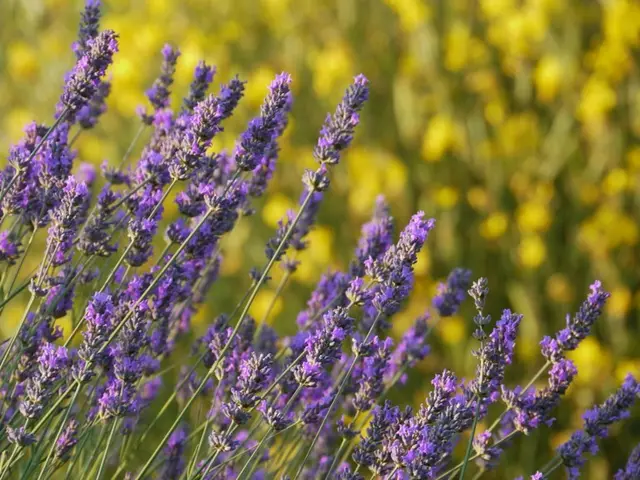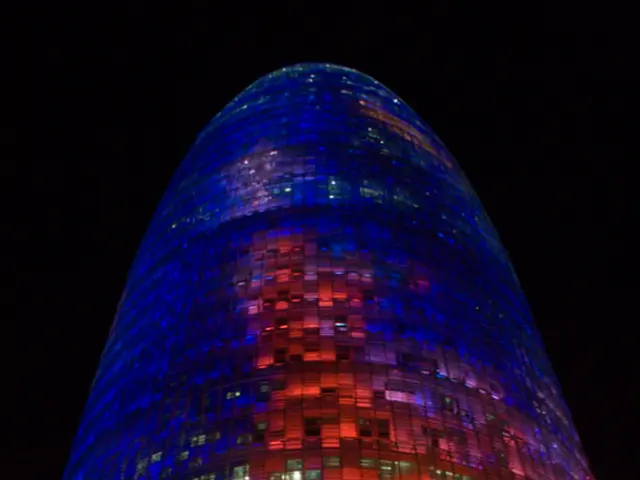Transform Your Garden Into a Haven for Pollinating Creatures
==================================================================
In an effort to support the declining pollinator population, here's a guide to help you establish a pollinator-friendly garden. By following these strategies, you can attract bees, butterflies, hummingbirds, and other beneficial insects to your garden.
Planting Suitable Flowers
The foundation of a pollinator-friendly garden lies in the choice of flowers.
- Choose Native Plants: Native plants are naturally attractive to local pollinators and require less maintenance. Consider plants like sunflowers, bee balm, lavender, and coneflowers.
- Layered Planting: Create a layered effect by planting tall, medium, and low-growing flowers. This mimics natural ecosystems and provides diverse habitats for different pollinators.
- Seasonal Blooms: Select flowers that bloom at different times to offer year-round nectar for pollinators.
Avoiding Pesticides
- Refrain from Chemical Use: Avoid using pesticides, including neonicotinoids, which can harm or kill pollinators.
- Integrated Pest Management (IPM): Implement IPM strategies to manage pests without harming beneficial insects. Start with non-toxic methods and consider physical barriers or biological control.
Providing Resting Spaces
- Water Sources: Include shallow water sources like bee cups or birdbaths. Change the water regularly to prevent mosquito breeding.
- Mud Puddles: Create mud puddles for bees that need mud to build nests, like mason bees.
- Nesting Sites: Provide nesting sites for solitary bees and butterflies. Leave some areas of the garden unmanicured with brush piles or deadwood for nesting.
- Sheltered Areas: Create sheltered spots by planting partial shade zones or using natural structures to protect pollinators from wind and sun.
Additional Tips
- Group Plants in Clusters: Plant flowers in clusters or drifts, as pollinators are attracted to large groups of the same species.
- Avoid Non-Native Vegetation: Minimize the use of non-native plants and grasses, which offer little to no nutrition for pollinators.
By following these guidelines, you can create a pollinator-friendly garden that supports a variety of pollinators throughout the year. Happy gardening!




